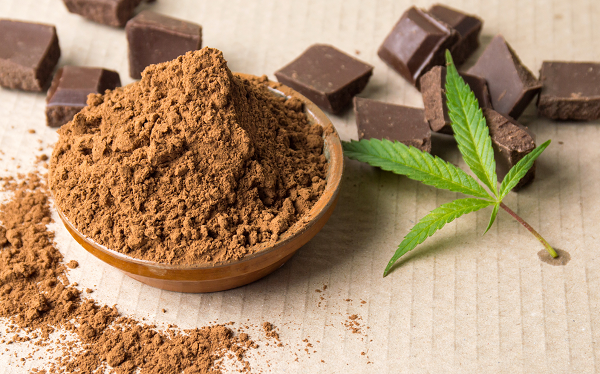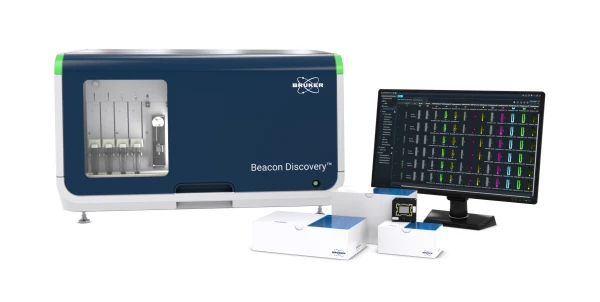Cannabis and Chocolate: Analytical Testing Challenges and Progress
Recent work has shed light on the issue of chocolate sample interferences in potency testing
Cannabis edibles are all the rage, with a rapidly growing number of creative infused products. The list includes cannabis infused butter and oils, cookies, pizza, and of course the infamous gummies, amongst many others. Leading the pack in terms of popularity are the growing number of cannabis-infused chocolate products.
Challenges loom for chocolate products, however, particularly in the realms of potency testing and quality control. It’s been observed that THC potency in chocolate is difficult to measure accurately making safety and QC a growing concern for patients and consumers. The major issue appears to be the nature of the matrix, or the sample background, that chocolate introduces. Chocolate contains numerous chemical compounds which may mask the presence of THC and other cannabinoids.
Chocolate Matrix Investigations
The reported challenges in chocolate THC potency testing has motivated research and method development.
A group recently published a study in the ACS journal Agricultural and Food Chemistry titled, “Investigation of Chocolate Matrix Interference on Cannabinoid Analytes”. In this work, the investigators studied chocolate interference of cannabinoid concentration measurements in a series of controlled experiments.

Stock solutions of four bioactive cannabinoids — delta-9-tetrahydrocannabinol (THC), cannabidiol (CBD), cannabinol (CBN), and cannabigerol (CBG) — were added to milk chocolate, dark chocolate, and cocoa powder and then subjected to HPLC analysis. Results showed a clear trend of matrix interference upon measuring cannabinoid concentrations of the stock analytes compared to the spiked chocolate formulations. The decrease in cannabinoid recovery was proportional to the increase in chocolate in the test samples. Furthermore, the matrix interference was more pronounced for delta-9-THC and CBN, which both contain a single phenolic -OH group, compared with CBD and CBG, which contain two phenolic -OH groups each.
In the chemistry world, the presence of phenolic -OH groups are associated with known increases in compound polarity (water solubility). In the context of cannabinoids, this increased polarity runs contrary to the nature of the chocolate matrix and the presence of fats and non-polar lipids. The more polar the cannabinoid, the weaker the interactions with lipid components of the chocolate matrix. In the case of CBD and CBG, this results in less matrix interference and better recovery compared with THC and CBN.
Standardization of Chocolate Analysis
Considering the testing challenges and the growing interest in chocolate edibles, the need for accurate and precise standardized potency testing methods is paramount.
In March 2020, the AOAC Cannabis Analytical Science Program (CASP) released an invitation for “method authors and developers to submit relevant methods that may meet the AOAC Standard Method Performance Requirements (SMPR)”. The “Quantitation of Cannabinoids in Edible Chocolate” SMPR 2017.019 includes a series of performance criteria that must be met to determine reliability and reproducibility when used by trained analysts in accredited laboratories.
For the invited submission, an AOAC expert panel will review the method(s) and the awardee will be given AOAC First Action Official Methods status. The chosen method can subsequently be used as a reference for state licensed and third-party testing labs.
Several of these calls for methods are currently active, although quantitation of cannabinoids in chocolate appears to be the only one focused squarely on edibles. This perhaps speaks to the importance of this subject and the challenges witnessed by testing labs across the cannabis landscape.
Outlook
Despite the challenges, the cannabis edibles market is projected to reach upwards of 20B by 2025. The tenuous work performed today, with regards to testing standardization, may support a safe and secure path in the journey towards that figure.
Visit the Cannabis Laboratory Application Page
Shop for HPLC Systems, Pumps, Detectors, Autosamplers, Columns, and Accessories
Article Updated May 2022










